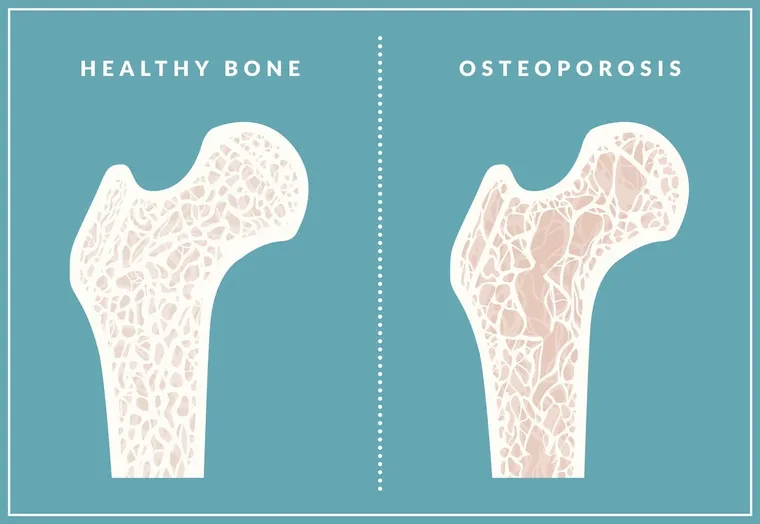Osteoporosis is a condition where bones become weak and brittle, increasing the risk of fractures, especially in the hips, spine, and wrists. Often called the “silent disease,” it typically progresses without symptoms until a break occurs. Early detection and proper treatment can significantly reduce the risk of serious injury and help maintain mobility. Today, a variety of osteoporosis treatments are available to help slow bone loss, rebuild bone density, and improve overall skeletal health, allowing individuals to lead active, independent lives for longer.
Treating osteoporosis involves a multi-faceted approach tailored to each person’s needs. Medication, lifestyle adjustments, and dietary changes all play a vital role in maintaining bone strength. In addition to prescribed drugs, doctors often recommend calcium and vitamin D supplements, weight-bearing exercises, and fall prevention strategies. With advancements in medical science and better awareness, individuals now have more tools than ever to manage osteoporosis effectively and live with confidence and stability.
Common Osteoporosis Treatments
1. Bisphosphonates
These are the most commonly prescribed drugs for osteoporosis and include medications like alendronate (Fosamax), risedronate (Actonel), and ibandronate (Boniva). They work by slowing the rate of bone loss.
2. Hormone-Related Therapy
For postmenopausal women, estrogen therapy may help maintain bone density. However, risks like heart disease and certain cancers must be carefully weighed.
3. Denosumab (Prolia)
This injection-based treatment helps reduce bone breakdown and increase bone strength. It’s typically used for people who can’t take bisphosphonates.
4. Teriparatide (Forteo) and Abaloparatide
These are synthetic forms of parathyroid hormone that stimulate new bone growth, making them effective for patients with very low bone density.
5. Romosozumab (Evenity)
A newer medication that both builds bone and reduces bone loss, used for severe osteoporosis cases or those who haven’t responded to other treatments.
Supporting Lifestyle Changes
- Exercise: Weight-bearing and muscle-strengthening exercises improve bone strength and coordination.
- Nutrition: A diet rich in calcium (e.g., dairy, leafy greens) and vitamin D (e.g., sunlight, fortified foods) supports bone health.
- Fall Prevention: Using assistive devices, improving home safety, and routine vision checks can lower the risk of fractures.
Conclusion
Managing osteoporosis is highly achievable with the right combination of medical treatment, physical activity, and nutritional support. By staying proactive and informed, individuals can reduce their fracture risk and maintain their independence well into later life. Always consult with a healthcare provider to determine the best treatment plan for your specific needs.

